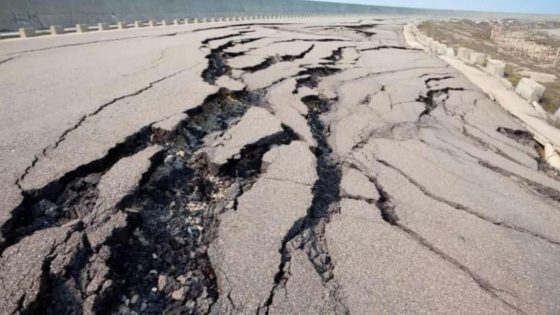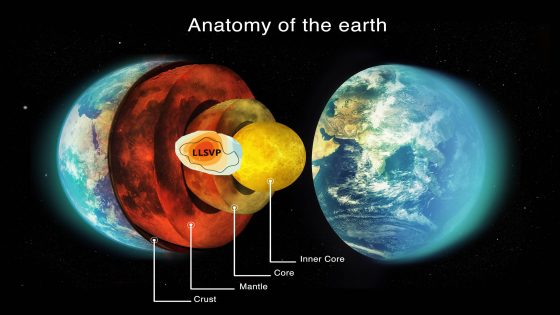Researchers from the University of Bristol predict that Earth will transform dramatically in 250 million years, merging into a new supercontinent called Pangea Ultima. This future scenario raises critical questions about the planet’s habitability and the survival of mammals, including humans.
- Earth's landmasses will merge into Pangea Ultima.
- Extreme heat and humidity predicted for future.
- 92% of Earth may become uninhabitable.
- Humans might develop nocturnal lifestyles.
- Colonization of other planets may be necessary.
- Climate change poses severe survival threats.
As we reflect on the implications of these predictions, one must wonder: how will we adapt to such extreme conditions?
Earth’s Future: Pangea Ultima and Its Impact on Habitability
What will Earth’s landscape look like in the distant future? According to recent studies, the merging of landmasses into Pangea Ultima will lead to extreme climatic changes. This transformation could drastically affect life on Earth, making survival increasingly challenging.
Extreme Climate Changes: What to Expect in 250 Million Years
The predicted conditions on Pangea Ultima include soaring temperatures and heightened volcanic activity. These changes could render 92% of the planet uninhabitable for mammals, leaving only polar and coastal areas suitable for life. Here are some key points to consider:
- Temperatures may reach up to 50°C (122°F) in many regions.
- Increased volcanic activity will release more carbon dioxide, intensifying the greenhouse effect.
- Extreme heat and humidity could lead to lethal living conditions.
- Humans might adapt by creating subterranean cities and adopting nocturnal lifestyles.
Potential Adaptations for Humanity in a Hotter World
As the climate becomes increasingly hostile, humans may need to find innovative ways to survive. One potential adaptation could involve living underground to escape the heat. This shift would require significant changes in lifestyle and infrastructure. Additionally, a nocturnal lifestyle, similar to that of desert animals, might become necessary to avoid the scorching daytime temperatures.
Lessons from Earth’s History: The Role of Supercontinents
Throughout Earth’s history, the formation of supercontinents has often coincided with mass extinctions. The merging of landmasses not only alters ecosystems but also impacts climate patterns. Understanding these historical precedents can provide insights into how we might prepare for the future.
In conclusion, the predictions about Earth’s future are both fascinating and frightening. As we face the reality of climate change, it’s crucial to consider how our actions today will shape the world of tomorrow. Will we be able to adapt, or will we become victims of our own choices?

































